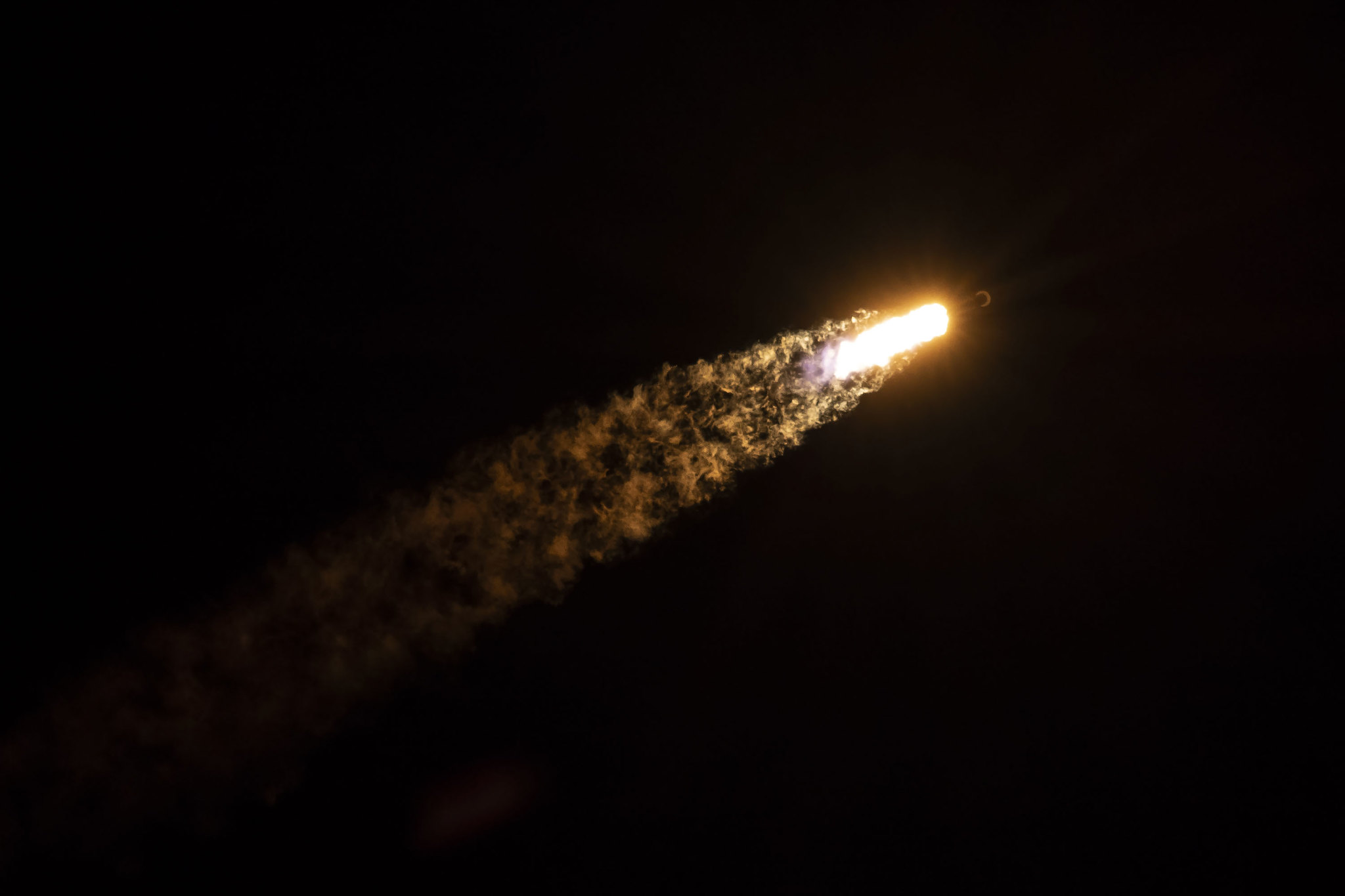TAMPA, Fla. — Satellite operator Viasat is stepping up efforts to stop Starlink’s growing constellation, taking aim at the nearly $900 million of rural broadband subsidies that SpaceX won in December.
The operator is asking the Federal Communications Commission to review decisions made around the Rural Digital Opportunity Fund (RDOF), claiming differential treatment and a lack of transparency.
In an Application for Review (AFR) filed June 1, Viasat calls on the regulator to probe a series of decisions related to bidding to provide low-latency internet service under RDOF’s Phase 1, also known as Auction 904.
Viasat initially filed its AFR with the FCC Jan. 29, on a confidential basis, to review why it was not permitted to bid for the subsidies with its proposed low Earth orbit constellation, despite already operating broadband satellites in geostationary orbit.
Mark Dankberg, Viasat’s co-founder and executive chair, outlined a LEO constellation of nearly 300 satellites in May, 2020, operating higher than Starlink’s current network at 1,300 kilometers. SpaceX currently operates more than 1,600 Starlink satellites at about 550-kilometers, where it is licensed to deploy around 4,400 in total.
According to Viasat, decisions made by the FCC’s Rural Broadband Auctions Task Force, Office of Economics and Analytics and Wireline Competition Bureau “improperly discriminate against Viasat and treat it in a fundamentally different fashion than” SpaceX.
In a June 1 letter to FCC acting chair Jessica Rosenworcel, Viasat added that “this disparate treatment has continued after the end of” RDOF’s Phase 1 auction.
“Among other things, the Bureaus have suggested that there is an overarching need for transparency with respect to the Commission’s ongoing review of whether Viasat was in fact eligible to participate in Auction 904 and ultimately win RDOF support,” it wrote.
“However, the Bureaus have seemingly abandoned their commitment to transparency in the case of SpaceX — which is poised to receive approximately $885 million in RDOF support even though there are significant doubts about its ability to satisfy its RDOF performance obligations.”
In a separate document filed with the FCC June 1, Viasat detailed analysis it says shows Starlink will be unable to meet the coverage and capacity commitments that SpaceX made to secure RDOF funding.
Viasat cited suggestions from SpaceX that technological advances will enable it to overcome any issue, but said relying on unproven upgrades conflicts with the FCC’s RDOF framework.
SpaceX was unable to comment before this article was published.
SpaceX’s share of the $9.2 billion awarded in total under RDOF’s Phase 1 auction was one of the largest among 180 successful bidders. Hughes Network Systems was the only other satellite provider to win funds from the auction, securing under $1.3 million.
RDOF Phase 1 subsidies will be distributed to successful bidders over the next 10 years to connect around 5.2 million unserved homes and businesses with broadband in rural parts of the United States. Under SpaceX’s Phase 1 commitments, Starlink has to provide high-speed internet services to nearly 643,000 homes and businesses in 35 states.
“We believe the FCC did not act in complete transparency or fairness and applied fundamentally different standards to similarly situated satellite operators,” John Janka, Viasat’s chief officer of government and regulatory affairs, said in an emailed statement.
“We think it is reasonable to expect U.S. government agencies to uphold the highest principles and, to ensure parity in competition — especially in connection with a program that will distribute billions of taxpayer dollars.”
Stopping on environmental grounds
Viasat is set to head to court June 2 in an effort to stop SpaceX from launching more Starlink satellites on environmental grounds.
The Carlsbad, California-based company recently gave the FCC until the end of June 1 to stay an April 27 license modification, which has been enabling SpaceX to continue building out the constellation at an altitude of around 550-kilometers.
If the FCC does not grant a stay order, Viasat intends to seek one from the United States Court of Appeals for the District of Columbia Circuit.
That is the same court where Viasat intends to argue that the FCC was legally obligated to thoroughly assess Starlink’s environmental impact before approving the license modification.
Five days after Viasat called on the FCC May 21 to stay Starlink’s license modification, SpaceX launched another batch of 60 satellites to expand the constellation at 550-kilometers.
Before the modification, SpaceX was only permitted to operate 1,584 satellites at 550-kilometers, with permission for 2,825 more in orbits of 1,100 to 1,300-kilometers.
The modification reduces Starlink’s signal lag for video calls, gaming and other latency-critical applications because there is less distance between the satellites in space and antennas on the ground.
